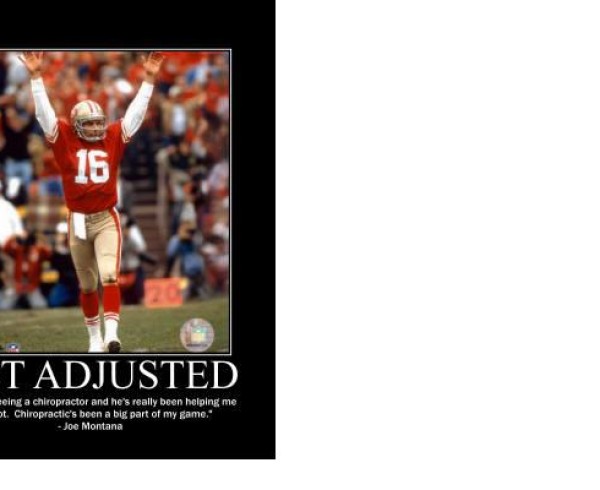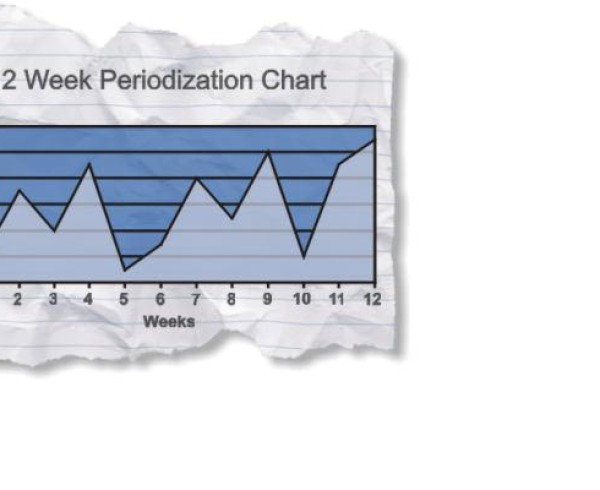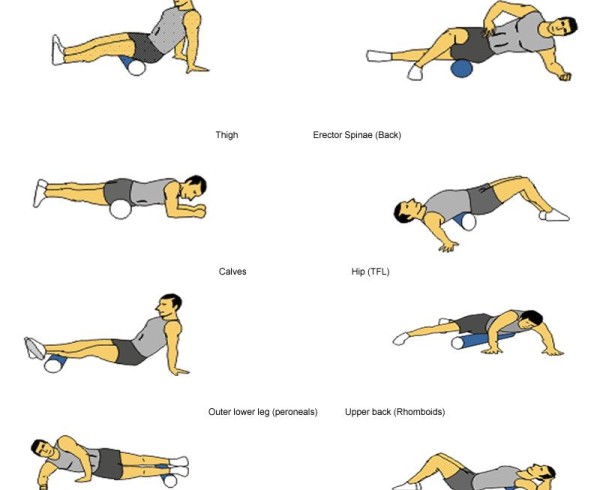Nutrient Timing and You
Everyone knows that fitness and balanced nutrition go hand-in-hand. But how do they relate? What difference does it make how many calories you consume and when you consume them?
The answer lies in nutrient timing, a structured plan of nutritional consumption that serves to provide numerous health advantages. Athletes and competitors use nutrient timing to properly train for their next big event, and who doesn’t want to look, feel, and perform like the top athletes do?
The many important benefits of nutrient timing include:
| · Increased metabolism | · Loss of body fat |
| · Repaired and strengthened muscles | · Rapid recovery time |
| · Improved muscle hypertrophy (increase in muscle size) | · Increased injury prevention |
Nutrient timing involves the application of knowing how much to eat and when to eat it in relation to your exercise and workouts. The most prominent factors in determining one’s body composition are one’s usage of nutrient timing and the benefit one gets from exercising. However, the timing of the food intake is nearly as significant. The human body best utilizes carbohydrates and proteins during and after physical activity when levels of stress are high.
During a workout, the muscles that are contracting become more sensitive to glucose and amino acids. This increased sensitivity causes muscle cell membranes to be more permeable to glucose and amino acids during and after exercise, which is why carbs and proteins should be ingested during this time. The intake leads to the replacement of muscle glycogen that was lost during the workout and quickens the recovery time of the exerted muscles. A good consumption target during this time is to ingest 2-4 grams of carbohydrates for every gram of protein. With the rough 3:1 ratio in mind, the amount of carbs and proteins will vary depending on the intensity and volume of the exercise.
When you consume calories right before and during a workout, the body uses them to provide energy and regulate sugar levels. On the other hand, if you don’t consume calories, the body must rely on catabolic hormones, which break down tissue, to handle the task. In this scenario, the body pumps in cortisol by ripping apart muscle tissue. For this reason, it is best to utilize nutrient timing to give your body an external fuel source. Another benefit of nutrient timing is that consuming calories allows you to increase your anabolic hormones such as insulin and growth hormone, which build up and repair tissue.
At WHF, we use our cutting-edge knowledge and expertise to help you go above and beyond your fitness goals.
Written by: Anthony Iati and Christian Zetterberg







